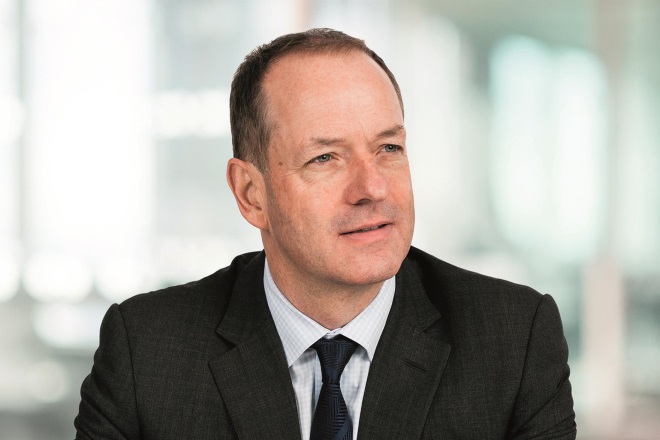
AstraZeneca / GSK
The chief executive officers of the UK’s leading pharmaceutical companies will be advising the government on the main priorities for the life sciences sector in the event of the UK leaving the EU.
Andrew Witty from GSK and Pascal Soriot from AstraZeneca will be co-chairs of a ministerial working group on life sciences, called the EU steering group, along with life sciences minister George Freeman, who launched the group on 6 July 2016 after its first meeting.

Source: GSK
Andrew Witty from GSK (pictured) and Pascal Soriot from AstraZeneca will be co-chairs of a ministerial working group on life sciences, called the EU steering group
The 15-member group will have support from the two UK industry associations, the Association of the British Pharmaceutical Industry and the BioIndustry Association.
In a joint statement, the companies said: “We commend the UK government for moving quickly to set up the life sciences steering group to identify future opportunities for UK life science following the EU referendum result.
“This will allow industry and [the] government to work closely together over the coming period, particularly on areas such as regulatory standards, trade and people as the UK prepares to negotiate with the EU.”
Freeman told a media briefing, held in London on 6 July 2016, that in the immediate period following the vote he wanted to reassure the global investment community that the UK is still “the life science powerhouse” it was before the EU referendum, and that the UK is still a full voting member of the EU.
“No one needs to make immediate decisions on the basis of the referendum. We are at least two years away, if not more, from any new settlement being agreed,” he added.

Source: AstraZeneca
The 15-member group will have support from the two UK industry associations, the Association of the British Pharmaceutical Industry and the BioIndustry Association. Co-chair of the group, Pascal Soriot, chief executive of AstraZeneca (pictured)
The EU steering group will be working over the summer to set out the main priorities for the UK life science sector in the broader government negotiation over the UK’s new relationship with the EU. The group will also look at the opportunities for the UK life science sector outside of an EU regulatory environment, Freeman said.
Subgroups of the steering group will look at issues such as terms of access to the European market, the recruitment of talent, collaborative science and projects, and the regulatory interface between the UK and the EU. The steering group will reconvene in the week of 4 September 2016, ahead of the appointment of a new UK prime minister on 9 September 2016.
The steering group will support the work of an EU unit being set up by government so that the “life science sector has a very strong voice in that negotiation”, Freeman said.
“We are and intend to remain a very influential regulatory voice in the European life science sector and we intend to design a UK environment that is conducive to attracting international investment to the UK as a gateway to the European market,” he said.
Freeman went on to say that the UK’s own medicines regulator, the Medicines and Healthcare products Regulatory Agency (MHRA), has done much to shape the European regulatory environment, which is one of the reasons why the European Medicines Agency established its headquarters in London.
“We see our opportunity in continuing to be highly influential and to leverage the importance of the MHRA as a leader in the European life science network. Just because we will be out of the formal EU does not mean we can’t be influential in shaping regulatory thinking in the next few years,” he said.


